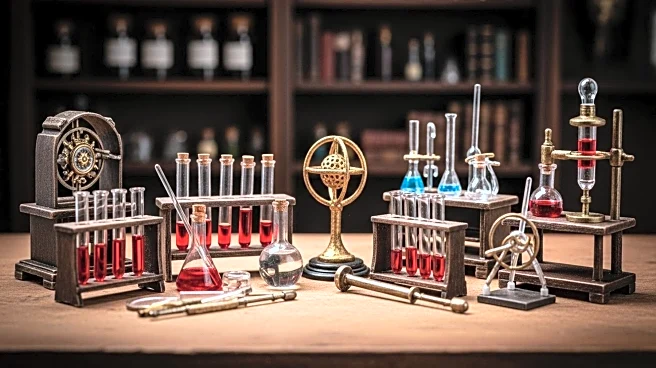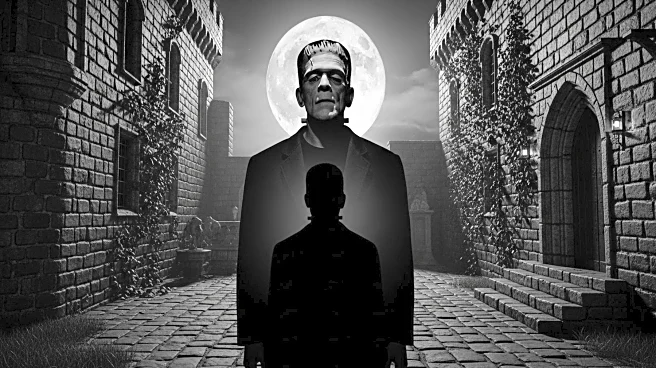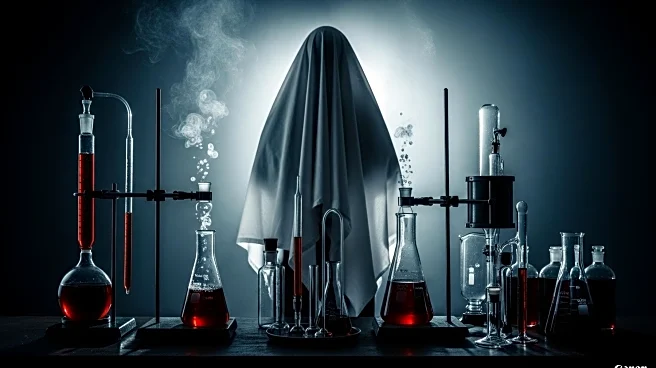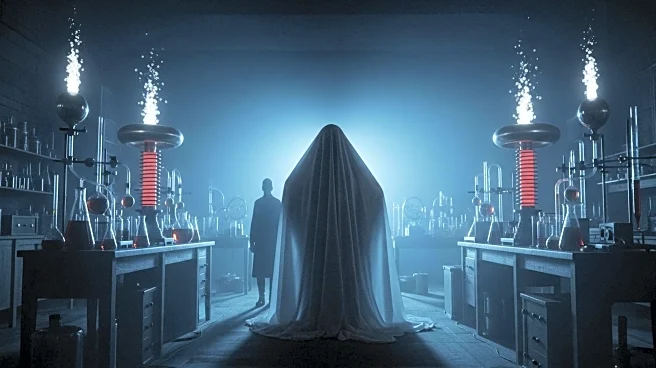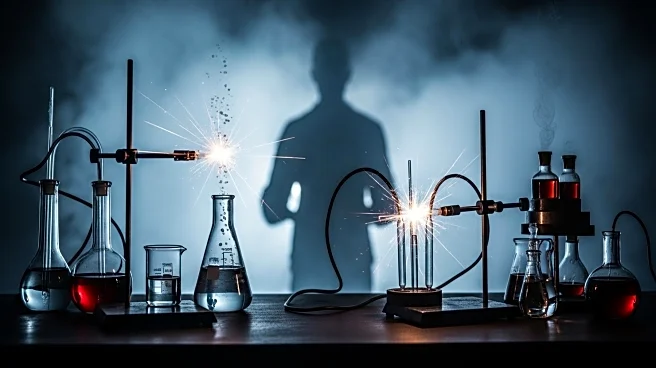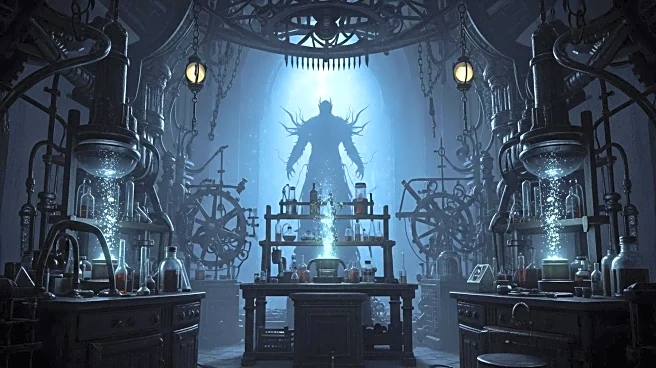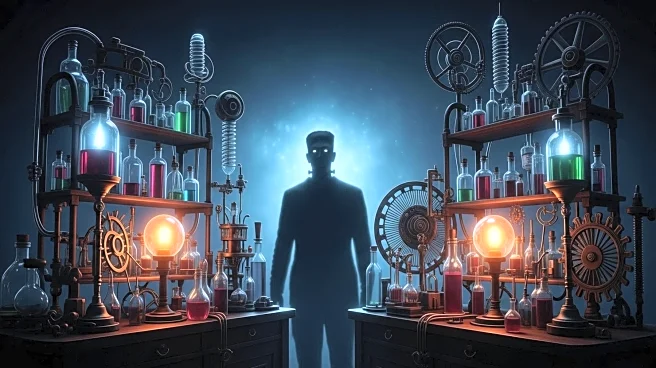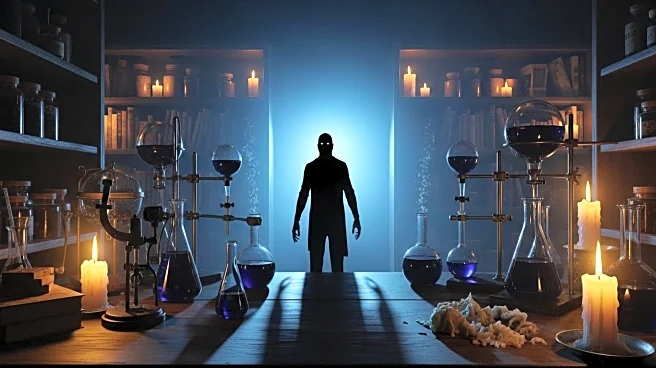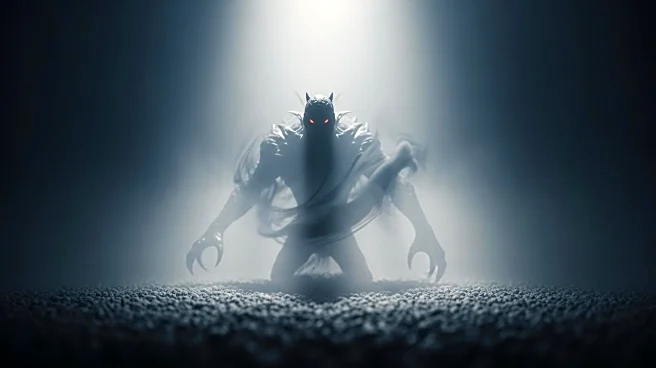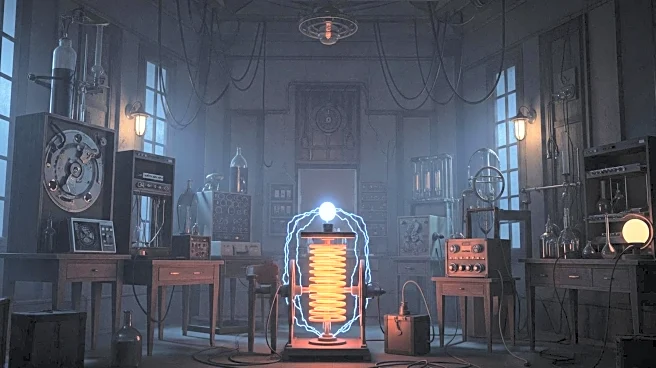What's Happening?
Guillermo del Toro's upcoming film 'Frankenstein' is set to release in theaters on October 17, followed by a Netflix debut on November 7. The Oscar-winning director has shared behind-the-scenes photos highlighting the intricate miniature work used in the film. These miniatures include large buildings, courtyards, and machinery, crafted at a small scale to appear grand on screen. The film stars Oscar Isaac as Dr. Frankenstein and Jacob Elordi as his creation, promising a visually stunning adaptation of Mary Shelley's classic novel.
Why It's Important?
Del Toro's use of practical miniatures in 'Frankenstein' underscores the importance of traditional filmmaking techniques in creating immersive cinematic experiences. By combining real-life craftsmanship with movie magic, the film offers a unique visual aesthetic that distinguishes it from CGI-heavy productions. This approach may inspire other filmmakers to explore practical effects, contributing to a resurgence of traditional techniques in modern cinema. Additionally, the film's release on Netflix highlights the platform's commitment to high-quality content, potentially attracting a wider audience.
What's Next?
As 'Frankenstein' approaches its release, anticipation builds for del Toro's interpretation of the iconic story. The film's reception will likely influence future projects, encouraging studios to invest in visually innovative productions. Positive reviews could lead to increased interest in practical effects, fostering a renewed appreciation for traditional filmmaking methods. Furthermore, the film's success may bolster Netflix's reputation as a hub for prestigious content, attracting more high-profile collaborations.
Beyond the Headlines
Del Toro's dedication to practical effects reflects a broader cultural appreciation for craftsmanship and authenticity in art. By showcasing the beauty of miniature work, 'Frankenstein' contributes to the ongoing dialogue about the value of traditional techniques in a digital age. The film's visual style may also influence other creative industries, inspiring artists to incorporate handcrafted elements into their work.

